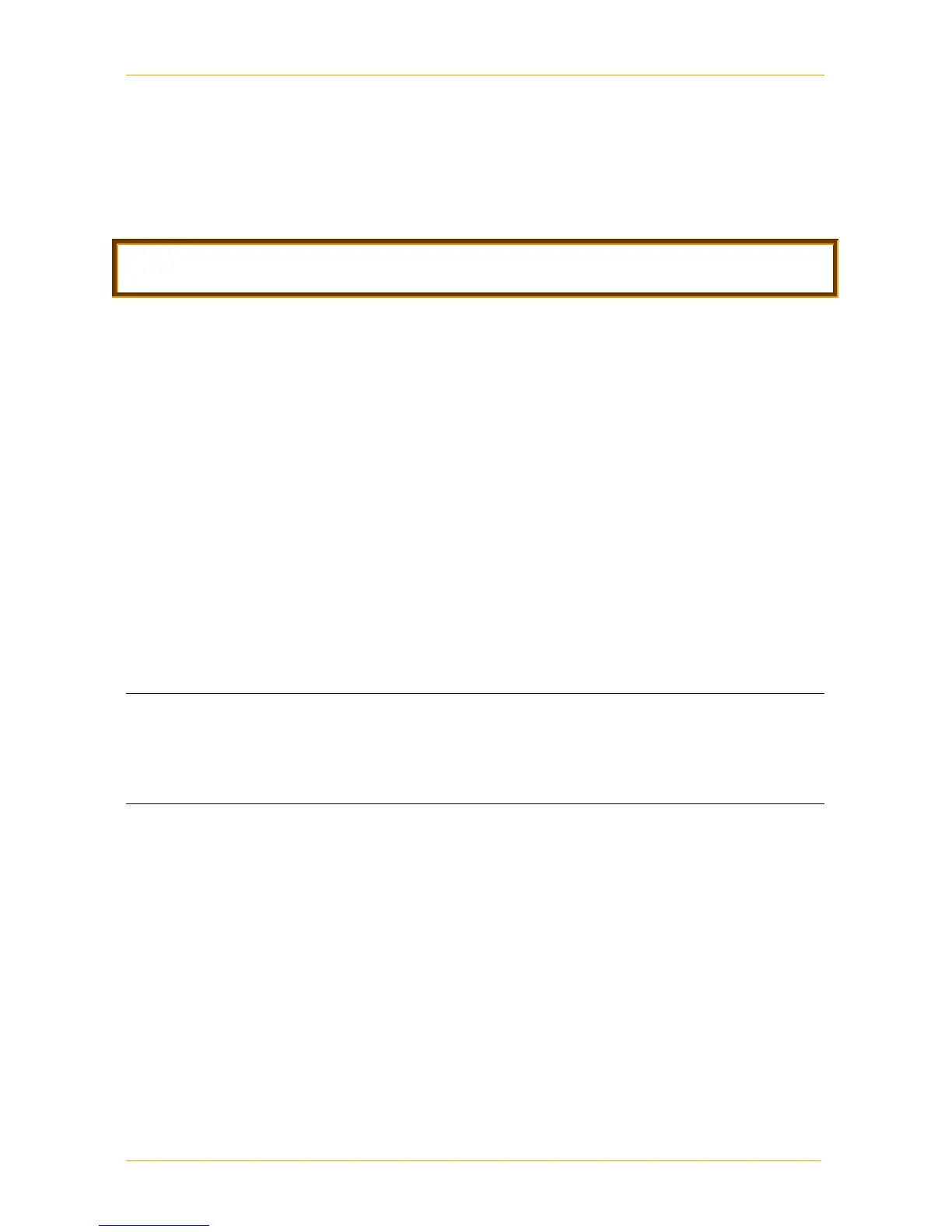ENGINE TEST
When starting cold engine, repeatedly pres the petrol pump, until petrol comes out
through the air filter. Remove all small objects, which could be possibly drawn in by
the propeller, from immediate proximity of the paramotor. Loos parts of your (and
long hair) are equally dangerous.
Nobody must stand dangerously close to starting engine,
especially not in the propeller’s plane of rotation.
Switch on the main switch on the right hand side. Grasp the engine handle firmly by
left hand, lean your knee against the laminate. Never hold the protective frame.
The engine gives thrust immediately after it is started. It is necessary to keep this in
mind and make sure, the engine switch off button is accessible.
Manual start
Turn the propeller behind engine compression. As no.1. take the throttle with the left
hand* together with the engine handle. Pull the start rope strongly (but smoothly).
Do not release the start rope, but let it smoothly retract back.
Electric start
Not available
After starting, warm up the engine for about 1 min in low and middle rpm, till it starts
accelerating. Then try idle revs, transition from min to max revs and back. Switch
the engine off.
* Why is the throttle in left hand?
Most of the pilots are right handed. So they hold the throttle in the left hand,
similarly like the cluch in the car on the left leg. And the right hand is free to
manipulate with tools, radios or cameras, which is much more motorically
demanding activity.
REFUELLING
Always refuel with the engine and all its electricity switched OFF. Fill the tank
through the filter and check the fuel purity. Make sure there is no fire around the
MPG, especially nobody smoking there. Use only fuel containers specifically
intended for fuel. Do not wear clothes, which create static electricity, during
refuelling your MPG. Keep the fuel out of the reach of children.
It is possible to watch fuel level during the flight, by the mirror placed on the string
in the harness pocket (or a parabolic plastic mirror fixed on the glove).
